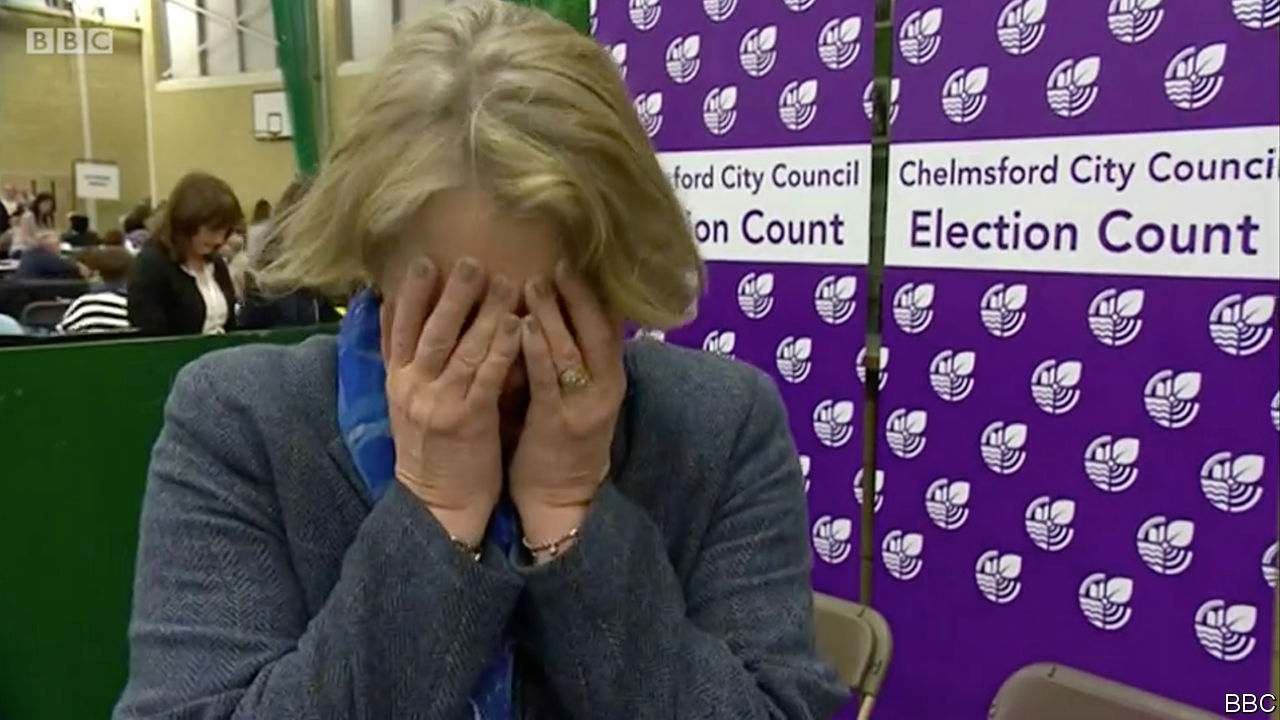
NOT ALL politics is local. Voters fed up with the political impasse in Westminster, nearly three years after the referendum to leave the European Union, lashed out at both the Conservatives and Labour in local elections on May 2nd. Instead, they gave their support to smaller parties that offered any sort of alternative.
By mid-morning on May 3rd, with results still coming in, a pattern had emerged. The Conservatives had performed badly across the board, losing ground in both Remain-voting areas, which balked at the Tories’ hard line on Europe, and staunchly Leave parts of the country, where voters felt the party too soft on the topic. But so had Labour, which fell back sharply in Leave-voting areas in the north and midlands. When it comes to Brexit, voters seem happy to dish out the blame equally.
Where a viable third option existed, voters jumped at it. The Liberal Democrats were the main beneficiaries. By 9am the morning after the vote, they had won eight councils, mainly from the Conservatives. The Green Party also did well, picking up 40 seats, after a brief lull in the Brexit coverage pushed the environment to the top of news bulletins in the weeks running up to the vote. Independents, meanwhile, mopped up. In Ashfield, a former mining community in the midlands, the Ashfield Independents romped home with 30 of 35 seats. An independent candidate in Middlesbrough’s mayoral election hammered his Labour opponent. By 9am more than 200 independent candidates had won seats.

Loyalists from the two main parties offered excuses for the poor performance. The Conservatives were defending a big haul of seats won in 2015, when local elections came at the same time as their surprise general-election victory under David Cameron. By contrast, Labour had a torrid day in 2015 and is on track for another bad one this time. The party’s defenders point out that these elections were dominated by rural seats, where Labour is weak anyway—a fact the party has no plans to change.
Lib Dems were quick to hail a triumph. Sir Ed Davey, the party’s home-affairs spokesman, labelled it the best result in a generation. It is true that they performed well, but the party is making up ground lost during their unhappy years in coalition with the Conservatives, rather than converting swathes to the Lib Dem faith. Between 2010 and 2015 the Lib Dems’ share of the vote in general elections fell from 23% to 8%.
John Curtice, a veteran pollster, suggested a cheap bottle of champagne or a prosecco was in order, rather than the good stuff. What it does demonstrate is that the Lib Dems are far from a spent force. The main pitch from a new pro-Remain centrist outfit, Change UK, is that the Lib Dems are fit only for the knackers; these results show that voters disagree.
Results will dribble in for the rest of the day, including from bellwether seats such as Darlington, in the north-east, and from Northern Ireland. What is clear already is that there is no Brexit dividend for either Labour or the Conservatives. Voters fed up with the two main parties have plenty of other options, whether Lib Dem or Green (both of which offer outright opposition to Brexit), or a battered, bruised and increasingly far-right UK Independence Party, which clung on to some seats despite having fallen apart institutionally. The same trend on steroids can be expected in the European election later this month, which voters have historically used to cast a protest vote and which offers an even wider array of options (neither the Brexit Party, Nigel Farage’s new outfit which currently tops the polls, nor Change UK stood in this week’s local elections). Neither Labour nor the Conservatives will see political benefit from Brexit. But other parties will.








